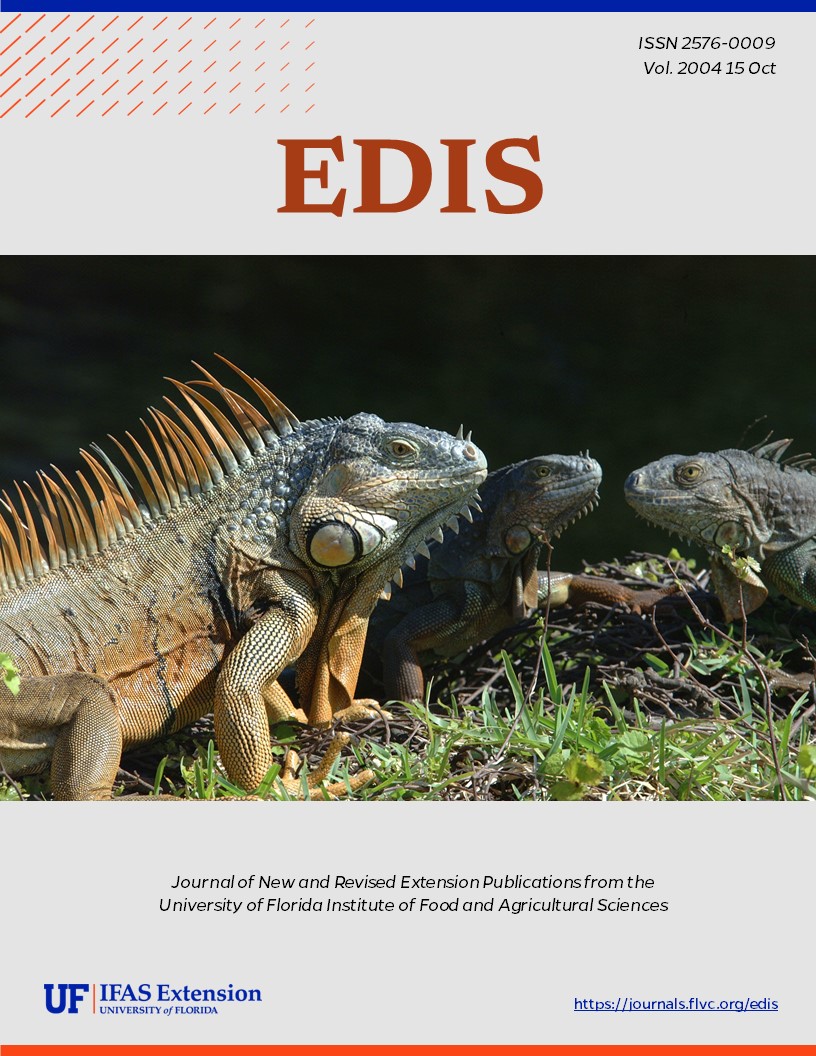Abstract
Japanese maple (Figure 1) has a height and spread of about 20 feet, but there are much smaller selections available. The multiple trunks are muscular-looking, picturesque, grey and show nicely when lit up at night. Japanese maple is grown for its green or red colored leaves, interesting growth habit and fine leaf texture. Fall color ranges from bright yellow through orange and red and is often striking, even on trees grown in total shade. Growth habit varies widely depending on cultivar from globose, branching to the ground to upright, vase-shaped. The globose selections look best when they are allowed to branch to the ground. Be sure to clear all turf away from beneath the branches of these low growing types so the lawn mower will not damage the tree. The more upright selections make nice patio or small shade trees for residential lots, and, with pruning to remove drooping branches, provide adequate clearance for pedestrian traffic to pass close to the tree. More compact cultivars make wonderful accents for any landscape. This document is Fact Sheet FPS-10, one of a series of the Environmental Horticulture Department, Florida Cooperative Extension Service, Institute of
Food and and Agricultural Sciences, University of Florida. Publication date: October 1999.
FPS10/FP010: Acer palmatum 'Dissectum' Dissectum Japanese Maple (ufl.edu)
Unless otherwise specified, articles published in the EDIS journal after January 1, 2024 are licensed under a Creative Commons Attribution-NonCommercial-NoDerivs 4.0 International (CC BY-NC-ND 4.0) license.

